Coming out of 2020, few restaurant types were better prepared for the new normal than quick service and fast casual. They had streamlined menus, more digital presence than their full-service counterparts, and dining rooms weren’t an integral part of the fast casual experience.
But how have they stacked up when it comes to sales and labor this year versus the same period in 2021? We analyzed the data from a sample of our 30,000 restaurant locations across North America to find out.
QSR Sales are trending upwards
According to 7shifts own data, the average amount of sales per day in 2022 for quick-serve and fast casual restaurants hovers around $4,680.20. This represents a year over year change of 22% percent from the same period last year, where it was $3,830.51 in sales per day.
Over the course of a year, that’s a difference of doing nearly $1.4 million in sales to more than $1.7 million.
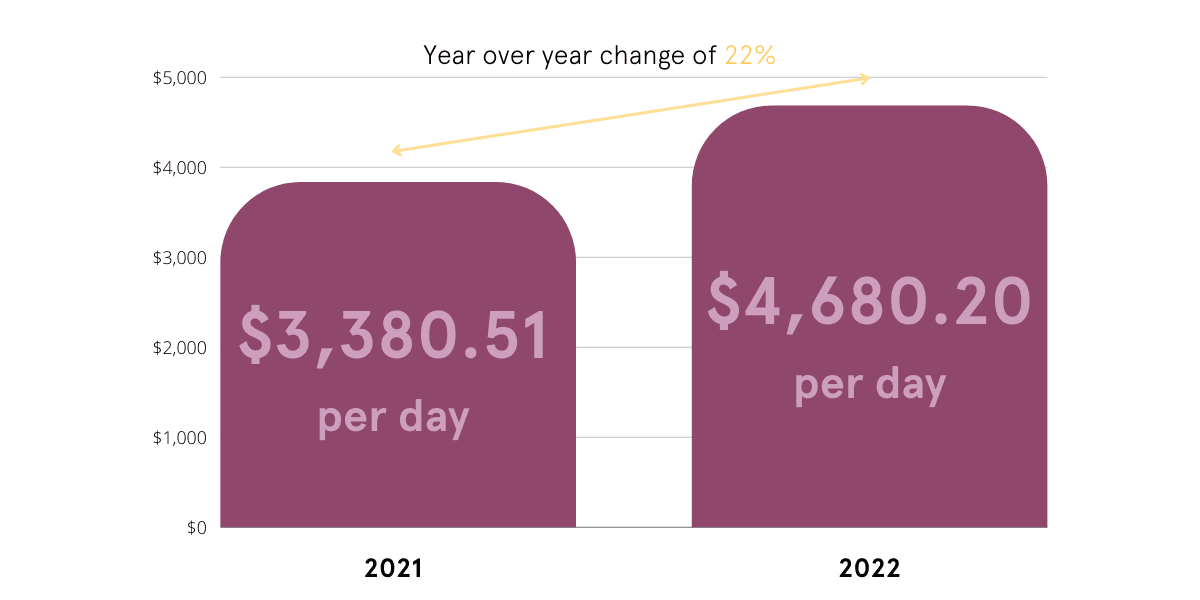
This data is in line with the restaurant industry as a whole. As we emerge from the pandemic, consumer demand for restaurants is high. According to the National Restaurant Association’s State of the Industry report, 51% of adults say they are not dining out as much as they’d like to— a 6% increase over the previous year. In addition, including 75% of millennials and 70% of Gen Z adults – say restaurants are an essential part of their lifestyle.
Recommended Reading: [Study] The Great Resignation is here. What 3,700 Restaurant Employees are Looking For To Stay Engaged
Fast Casual Labor Numbers
While sales are showing signs of recovery, labor is still far below pre-pandemic numbers. There’s an estimated half a million fewer roles than in 2019. And the roles that still exist are becoming harder to fill, as the workforce has shrunk.
“While we’re finding an increase in fast casual sales numbers, restaurants continue to struggle when it comes to filling roles. The workforce has shrunk, making retention and employee engagement a top priority for restaurateurs,” says Jordan Boesch, 7shifts’ CEO.
The average amount spent on labor remains almost wholly unchanged—as has labor productivity, which remains around an average of $60 per labor hour.
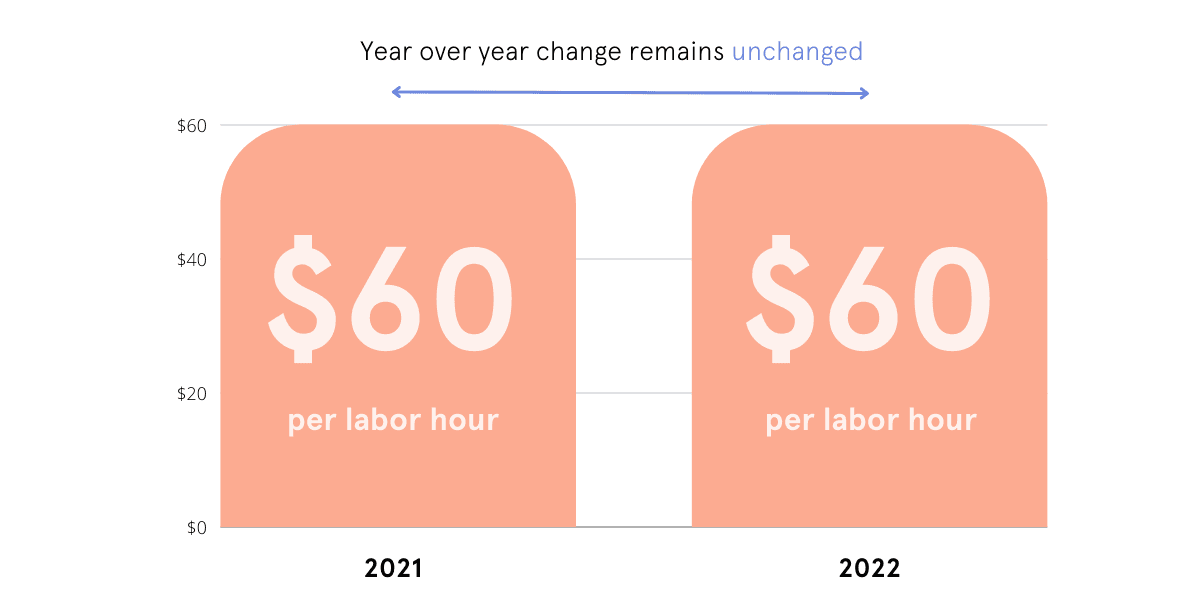
Where we have seen significant changes are both in the total number of labor hours per day, and labor costs in relation to sales.
Labor Hours per day are up from an average of 62.96 hours in 2021 to 76.13 hours in 2022, a 20.91% percent increase. Despite this and the average cost of labor remaining static, labor as a percentage of sales has seen a five point decrease—which is explained by larger sales numbers.
Recommended Reading: Danny Meyer on How to Hire the Right People For Your Restaurant
What roles are growing?
Where we see more fluctuations in labor is when digging deeper into the types of roles added.
The largest increases we’ve seen are coming from the kitchen-with roles titled line or kitchen growing a whopping 183% and 95% percent, respectively. Other back of house roles that are seeing growth include Grill (22%), Dishwasher (48%), and Prep (19.8%). With the growth of digital ordering and delivery, there is less reliance on more front of house roles, with the brunt of the work being shifted to the kitchen.
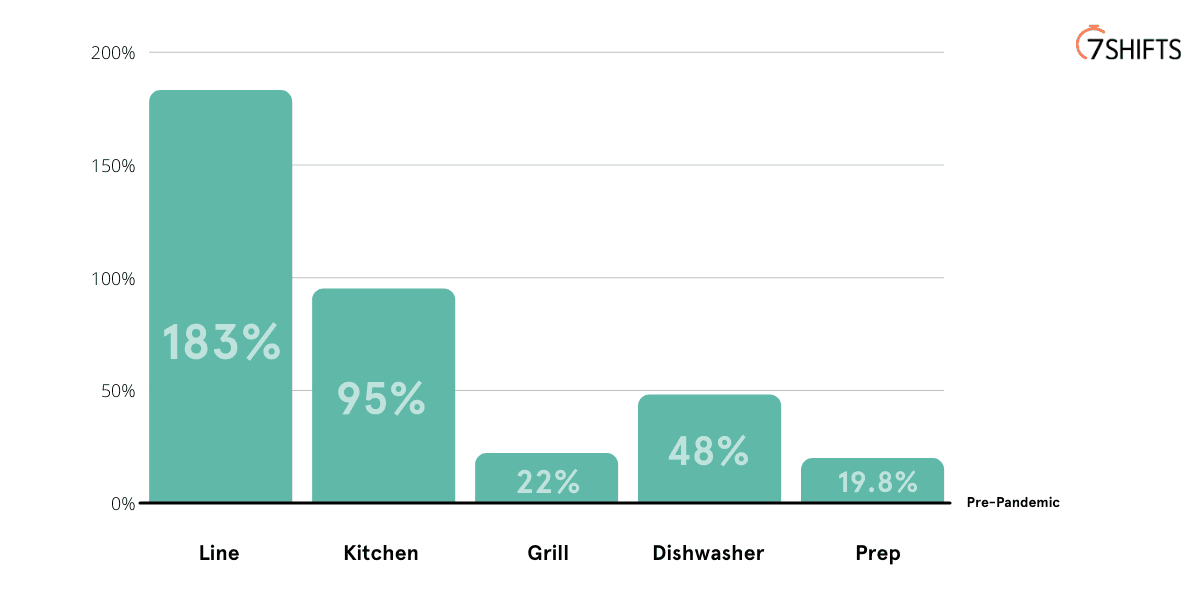
We can also see the widespread effects of turnover through the types of roles added more frequently. Roles titled Trainee or Training has grown substantially compared to last year, up 130% and 79%, respectively.
“The rise in training or trainee roles is directly related to the widespread labor shortage that restaurants are facing. Turnover has been a consistent challenge for the restaurant industry, and this data shows that it’s still as common as ever,” says Jordan Boesch, 7shifts’ CEO.
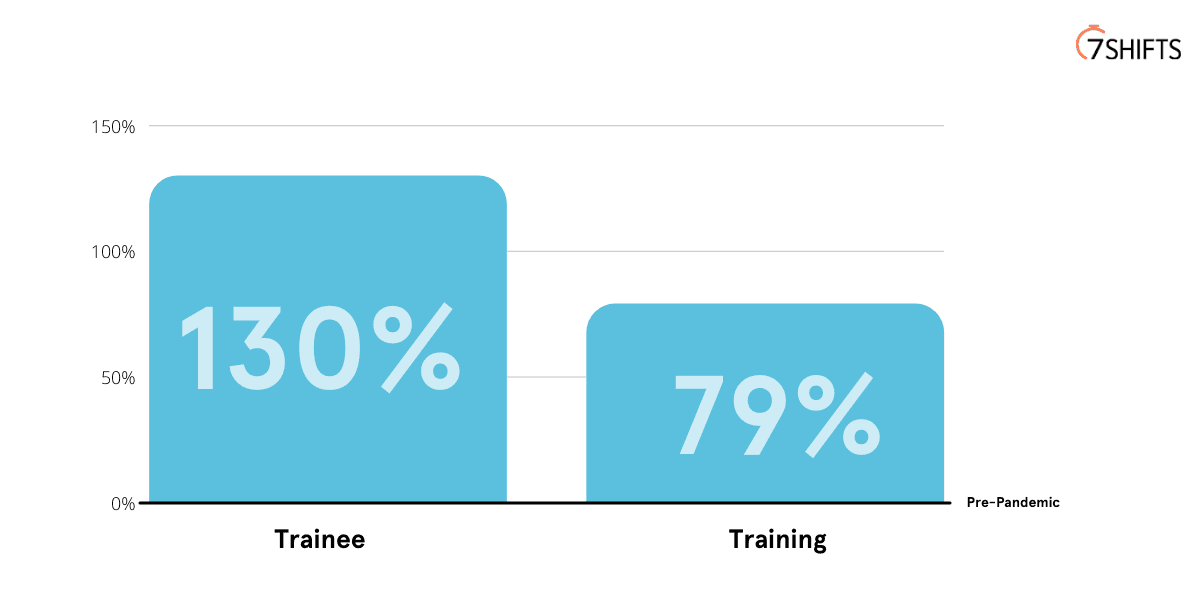
But we can also look at roles that have seen significant decreases to get a temperature of the industry. The most significant being Delivery, down 42% percent, and Driver, down 21% percent. As we move into 2020, in-house delivery staff are increasing uncommon. This is likely due to the prevalence of third-party delivery services like DoorDash, GrubHub, and Uber Eats.
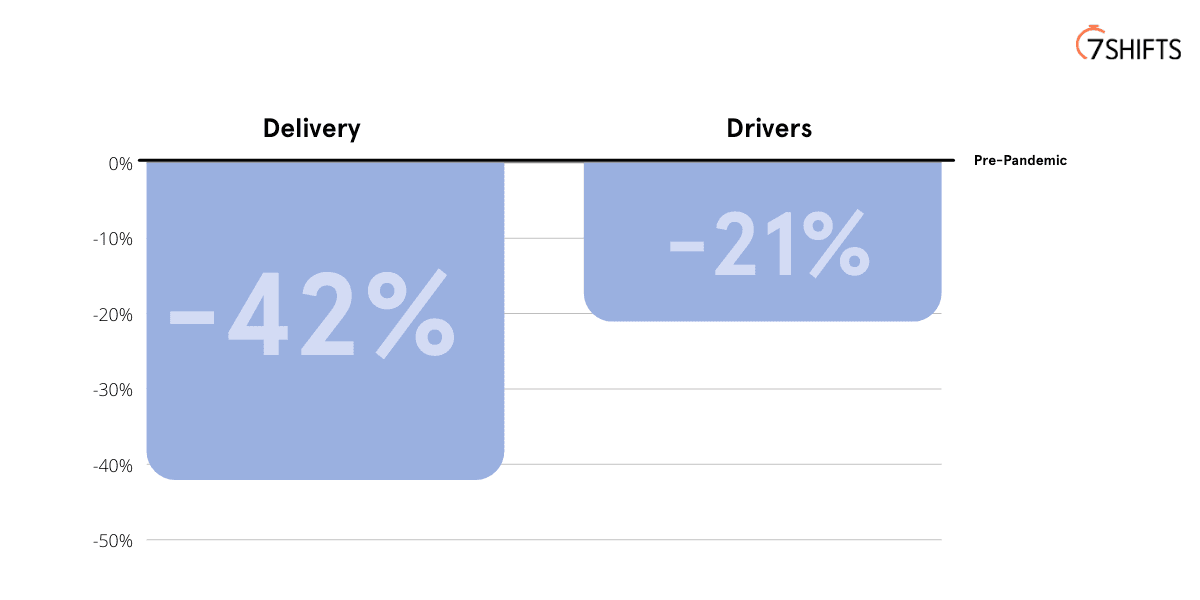
Data Methodology
Data is taken from internal 7shifts platform data from a sample of 7shifts 30,000 restaurant locations and 700,000 restaurant employees and users across the world, 90%+ from North America.

DJ Costantino, Content Writer
DJ Costantino
Content Writer
Hi! I'm D.J., 7shifts' resident Content Writer. I come from a family of chefs and have a background in food journalism. I'm always looking for ways to help make the restaurant industry better!
